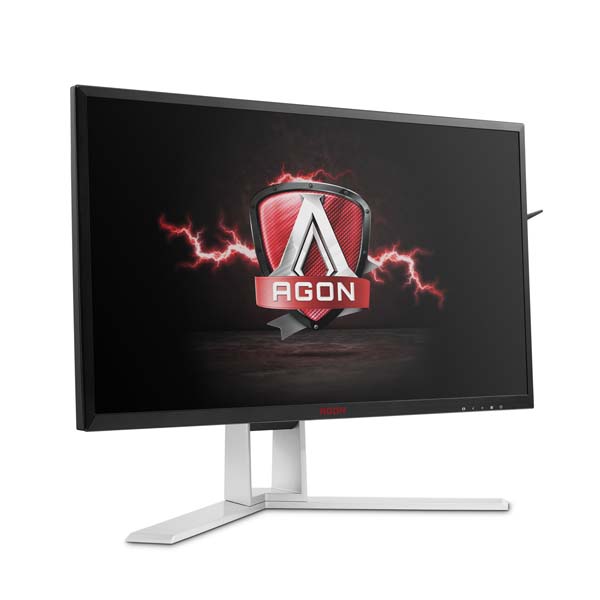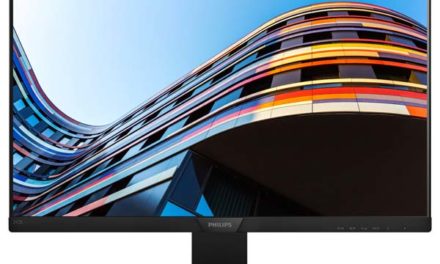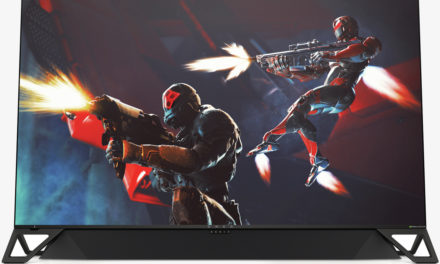
The AOC introduces the 240 Hz AGON G-SYNC monitor

AOC has introduced the fastest NVIDIA G-SYNC gaming monitor to date. The AOC AGON AG251FG monitor boasts a 240 Hz refresh rate, 1 ms response time and anti-blur NVIDIA ULMB technology. In addition to the high responsiveness enabled by NVIDIA G-SYNC, the monitor also has other premium features, including AOC Shadow Control and AOC Ergo Dial Base.

With a 24,5-inch Full HD TN panel (16: 9 aspect ratio, 1920 x 1080 pixels), the AOC AGON AG251FG is slightly larger than the 24-inch screens used in e-sports. The 240 Hz image refresh and the built-in NVIDIA G-SYNC module make the monitor the perfect choice for gamers using those NVIDIA graphics cards. G-SYNC technology synchronizes the screen refresh rate with the graphics processor video card, eliminating interruptions and minimizing stuttering and input lag. The monitor's 1 ms response time and NVIDIA ULMB function minimize blur and so-called "Ghosting" effect.

Like the other monitors in the AGON series, the AG251FZ has a number of premium features that increase the comfort and performance of professional gamers. These include the AOC Ergo Dial Base (with an easy-to-use height scale) for adjusting height, tilt and rotation, the retractable headset holder and the carrying handle. AOC Flicker Free technology reduces monitor flicker and prevents eye strain during long games, and AOC Low Blue Light mode reduces harmful short-wavelength blue light. An extra advantage in dark gaming environments is the AOC Shadow Control option, which brightens areas of the image that are too dark without affecting the rest of the screen.

The AOC AGON AG251FG will be available from August 2017. The suggested retail price is 599 euros.














